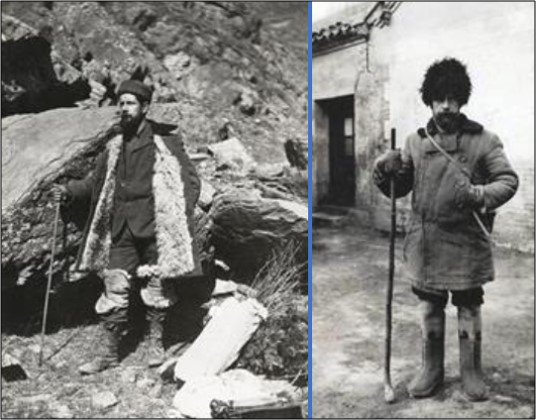Exploring and procuring specimens of remote floras was first recorded during the 18th dynasty of ancient Egypt (ca. 1539-1292 BCE) and continues to present day explorations, some of which are related to medicinal use. At the turn of the 20th century, plant exploration expeditions to locate and bring back different plants and seeds were funded through the USDA Office of Seed and Plant Introduction. Explorers, such as Frank Meyer, roamed the world bringing back new species for introduction into the United States. Although conservation of genetic resources was not a goal of these early explorations, ex situ conservation was a de facto result from moving plant germplasm to locations remote from their natural distribution.
In contrast, over 100 years later, the need to conserve native plant genetic resources within U.S. ecosystems is now of paramount concern according to a 2023 National Academy of Sciences report (https://www.nationalacademies.org/our-work/an-assessment-of-native-seed-needs-and-capacities). This concern is promoting modern-day explorations of extant ecosystems for the presence of threatened, endangered, and diminishing native species, with collection of seeds and propagules for ex situ conservation purposes and to generate new plants for restoration.
The UT-TIP and cooperators have been engaged in plant exploration of Tennessee forest ecosystems for many years through locating and conserving common, diminishing, and rare tree and shrub species native to Tennessee for many years. Using historic records like herbarium specimens, and modern tools such as GIS, UT-TIP plant explorers are combing the Tennessee landscape looking for different species. When found, the species are propagated and planted into seed orchard settings that will serve a dual purpose of generating seed for restoration and reforestation purposes, while providing ex situ conservation of genetic resources.
UT-TIP tree (plant) explorers are identified in the Program’s staff and student listings.

Use this citation: Mains, A., & Schlarbaum, S.E. (2024, June 10). UT-TIP Tree Explorers [Video]. YouTube. https://youtu.be/PUaILkda6Ns